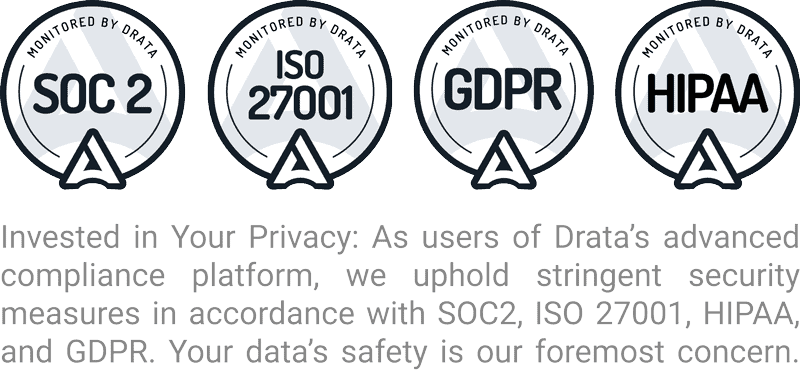Fostering Jovial B2B Lead Nurturing Connections
 When meeting clientele for the first time, businesses hope for optimistic outcomes which often stem from productive meetings, albeit over telephone or internet. Much like anyone would nurture important personal relationships, fostering what new leads you’ve managed to harvest from B2B lead nurturing connections should adequately reverberate your intent to remain faithful, loyal and attentive to these new business’ needs. Before calling viable leads your nest egg, however, we’ll need several important steps to occur prior to even making initial contact. Let’s examine these under-appreciated yet highly important phases of making sure lead processing campaigns are done correctly.
When meeting clientele for the first time, businesses hope for optimistic outcomes which often stem from productive meetings, albeit over telephone or internet. Much like anyone would nurture important personal relationships, fostering what new leads you’ve managed to harvest from B2B lead nurturing connections should adequately reverberate your intent to remain faithful, loyal and attentive to these new business’ needs. Before calling viable leads your nest egg, however, we’ll need several important steps to occur prior to even making initial contact. Let’s examine these under-appreciated yet highly important phases of making sure lead processing campaigns are done correctly.
Test Sales Readiness
Confusion often begins with what construes B2B leads as ‘sales prepped’. Responding to invigorating mails doesn’t constitute readiness, nor does answering phones when call centers call the business. When speaking of ‘sales ready’, we’ll need to cross-reference every lead for:
- Demographically correct information
- Overall behavioral traits (i.e. willingness and history of B2B engagement, responsiveness to escalated sales emails)
- Thoroughness of provided data
Instead of shooting them into the ‘ready to be nurtured’ tray too quickly, gauging their interactivity along with correctness should first render their ‘hot, cold or warm’ tags. From there, further efforts could be applied based off given scenario.
Receiving ‘Permissible’ Signs
When leads have landed upon your desk, rookie mistakes such as calling them immediately for sales prospecting purposes will render nil results. The process of still obtaining permission to contact them protects your B2B lead nurturing initiatives, provides that double assurance while giving CAN-SPAM the stiff arm before your emails are reported, should this have been your primary mode of contact.
Continually single-opting your leads places medium risk levels on future contact, considering contact forms could be filled by robots. Receiving that ultimate secondary permission for further contact indemnifies your prospect as ‘interested’, further allowing commencement of discussion efforts. We’re not asking businesses to tackle their B2B leads and append a writ of habeas corpus to their chest; simply acquiring that secondary level of permission will suffice both legally, and prudentially.
Inquire About Preferences
Finally, another layer of B2B customer indemnification simply involves asking specific preferences of what they’d prefer to receive. When the opting process transpires, asking them what they’d like to receive, frequency by which they’d like to receive your emails along with special notices or alerts of changes would make your nurturing efforts more worthwhile when sales pitches are being purported against databases of fully vetted customers.
Time Is Money
Once you’ve established contacts plausibly called ‘leads’, preparing content which gets to the point will be mandatory since time-wasting never wins customers. B2B lead nurturing means leading prospects down unknown paths towards their goals – and yours – of receiving fruitful relationships, usable products or services and long-term guaranteed repeat sales. Writing content means having your title literally contain everything in bite-sized format, ready for business clientele to unpack and read. Treat common errors as unspoken caveats, like:
- Writing strictly with promotional connotations
- Addressing content to general audiences
- Leaving valuable information, like cost-value comparisons, out of emails
Time your B2B lead nurturing approach perfectly, receive double permissible purpose for establishing consistent contact with potentials contacts and never write your pitches amiss and you’ll begin your 2013 stronger, highly congruent with sales projections yet establish lifelong relationships instead of one-off sales.


